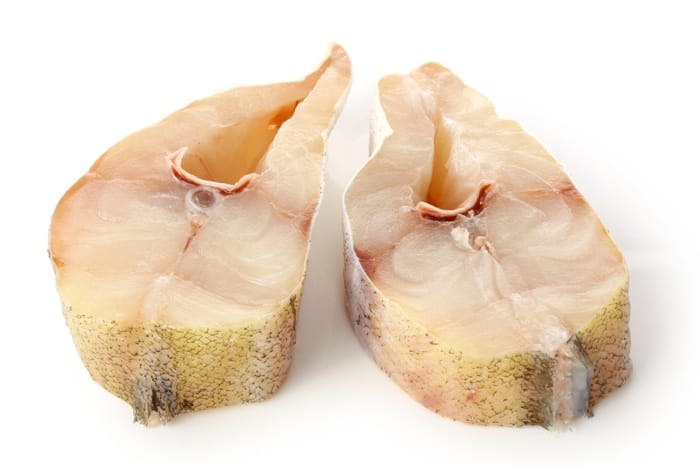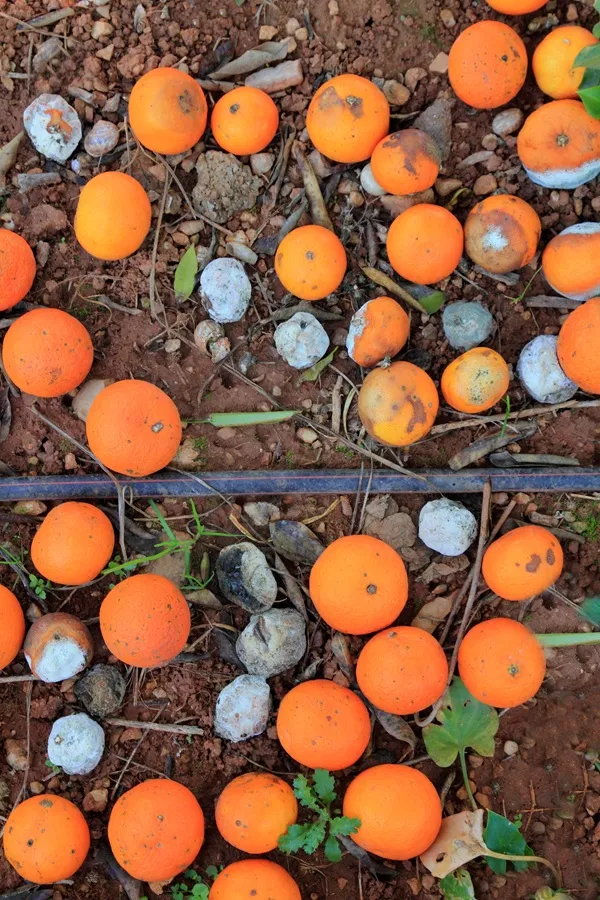Table of Contents
Cod fish, renowned for its mild flavor and flaky white flesh, holds a significant place in global cuisines and economies. This comprehensive article delves into various aspects of cod, including its varieties, nutritional profile, culinary applications, and more.
Global Varieties
The two primary species of cod are:
- Atlantic Cod (Gadus morhua): Found in the cold waters of the North Atlantic Ocean, this variety is prevalent along the coasts of North America and Europe.
- Pacific Cod (Gadus macrocephalus): Inhabiting the Pacific Ocean, particularly along the coasts of North America, Asia, and Russia, Pacific cod is slightly smaller than its Atlantic counterpart.
Both species belong to the Gadidae family, which also includes haddock, pollock, and whiting.
Physical Characteristics
- Color: Cod typically exhibit a gray-green to reddish-brown coloration on their dorsal side, with a paler ventral side.
- Smell: Fresh cod has a mild, clean scent, indicative of its freshness.
- Flavor and Taste: Known for its mild flavor, cod offers a dense, flaky white flesh that is moist and tender when cooked.

Nutritional Profile
Cod is both nutritious and flavorful, loaded with lean protein, vitamins, and minerals. citeturn0search2
- Protein: A 4-ounce fillet provides approximately 20 grams of high-quality protein, essential for muscle health and tissue repair.
- Vitamins and Minerals: Cod is rich in vitamin B12, supporting brain function, and contains smaller amounts of vitamin C, vitamin D, iron, and sodium.
- Omega-3 Fatty Acids: While lower in omega-3s than fatty fish, cod still contributes to heart health by lowering cholesterol levels and reducing inflammation.
Health Benefits
Incorporating cod into your diet offers several health advantages:
- Heart Health: The presence of omega-3 fatty acids supports cardiovascular well-being.
- Weight Management: Low in calories and fat, cod is an excellent choice for those aiming to maintain or lose weight.
- Muscle Maintenance: High-quality protein aids in muscle repair and growth.
Culinary Uses
Cod's versatility makes it a staple in various culinary traditions:
- Raw Consumption: In some cultures, fresh cod is used in dishes like ceviche.
- Cooking Methods:
- Grilled: Enhances natural flavors with a smoky touch.
- Fried: Offers a crispy texture, commonly used in fish and chips.
- Baked: Combined with herbs and spices for a flavorful dish.
- Sautéed: Quickly cooked with vegetables or sauces.
- Soups and Stews: Adds depth and richness to broths.
- Canned Cod: Preserved cod is used in various recipes, offering convenience without compromising nutritional value.
Safe Storage and Freezing
Proper storage ensures cod's freshness and safety:
- Refrigeration: Store fresh cod in the coldest part of the refrigerator and consume within 1-2 days.
- Freezing: Wrap cod tightly in moisture-proof packaging; it can be frozen for up to six months without significant loss of quality.
Major Producers and Global Trade
Norway is a leading exporter of cod, with significant catches contributing to the global market.
Farming and Aquaculture
Cod farming, particularly of Atlantic cod, has developed over the years.
Climate Conditions for Cultivation
Cod thrive in cold, temperate waters, typically between 2°C to 10°C. They are commonly found in depths ranging from 200 to 300 meters.
Diseases and Challenges in Farming
Cod aquaculture faces challenges such as bacterial infections and parasites. Effective management practices are essential to mitigate these issues.
Home Farming and Return on Investment
Home farming of cod is uncommon due to their specific habitat requirements and the scale needed for profitability. Commercial ventures require significant investment in infrastructure and biosecurity measures.
Byproducts
Cod liver oil, extracted from the liver, is rich in vitamins A and D and omega-3 fatty acids. It's widely used as a dietary supplement.
Conclusion
Cod fish remains integral to global diets, offering nutritional benefits and culinary versatility. Sustainable practices in fishing and farming are crucial to ensure the longevity of cod populations and the ecosystems they inhabit.









